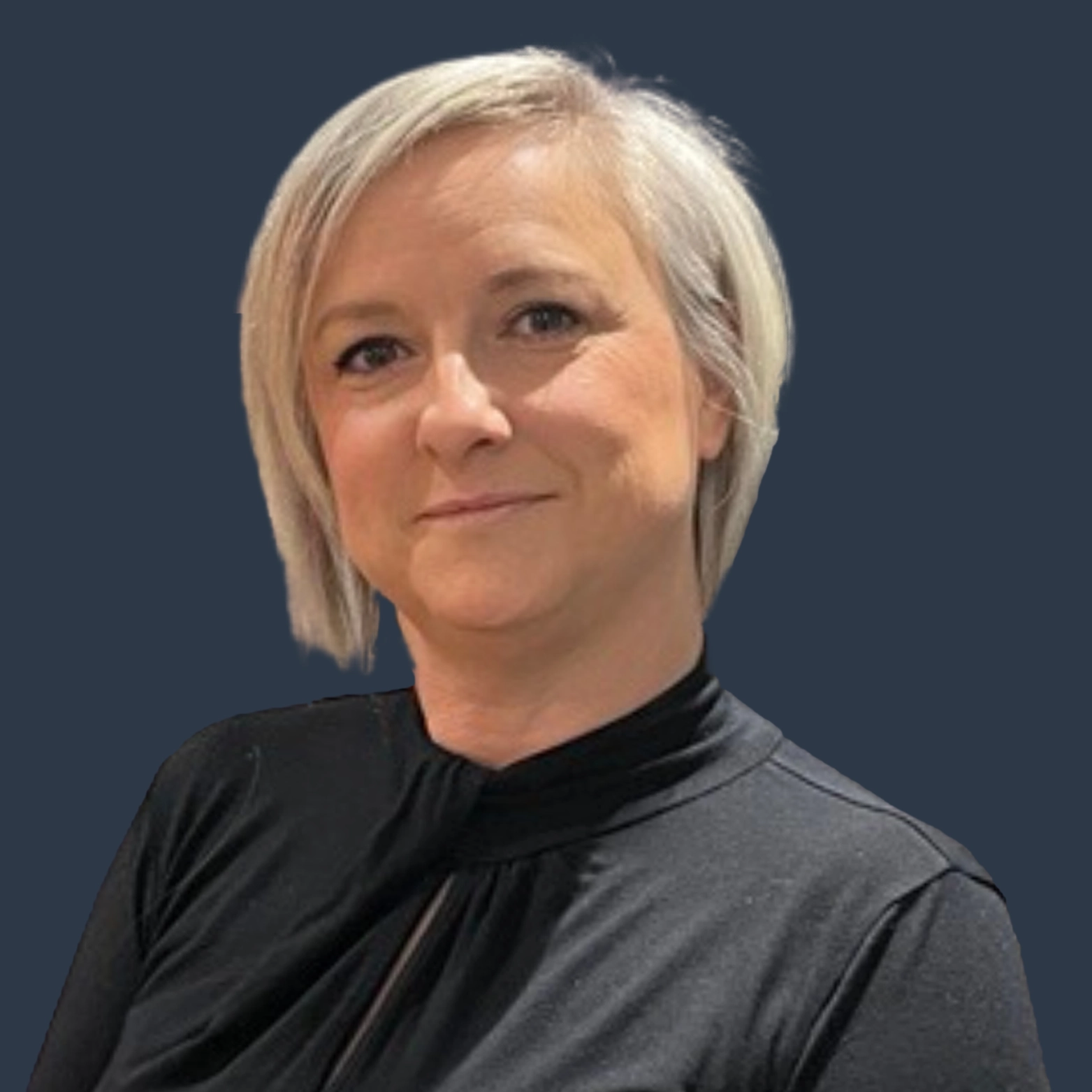Over the past two years, I’ve had the opportunity to meet hundreds of creative and design leaders and have facilitated over 170 roundtables on topics that interest our InsideOut community. One topic that hasn’t made the discussion list but that’s sadly impacting many accomplished leaders lately: finding a new job.
The realities of the pandemic have hit every level of leadership in every industry, and by numbers alone, there are simply fewer jobs for leaders — even those with an impressive portfolio and resume or glowing recommendations. But guess what over 20 years of working in a creative talent agency have taught me? How to help people find work. So if you’re on the hunt or even just exploring what’s out there because we’re in unprecedented times, read on!
Make your career your most important customer
As a design or creative leader, every artefact you put in front of a potential employer is an opportunity to show what you could do for their brand. So if you’re a leader who hasn’t yet crafted a resume that clearly and succinctly outlines your value to an organisation, a Linkedin profile that is more than just a copy of your resume, or a portfolio site that shows off your digital knowledge, then it’s time to get started.
Let’s start here: YOU ARE YOUR OWN BRAND.
Compare your own career to the last product or service you made customers fall in love with — and believe they couldn’t live without. Each project and deliverable you’ve touched, across complex channels with riveting messages, started with clearly defining that brand’s differentiators and the unique set of problems its product or service can solve. You did such a fabulous job that you increased revenue/traffic/awareness by XX%! Now you’ve got to do that for yourself.
Start by asking yourself a few questions:
- What problems can you solve for the company you’d love to work for?
- What are you best at? If this is difficult, look back at what people say about you in performance reviews, informal interactions, and unsolicited feedback.
- What is your unique knowledge/skillset/experience? Don’t just make a list — package it. Imagine if your last product launch was just a list of disconnected sentences, all true, but with no clear purpose.
Now take the answers to those questions and assemble your brand, as you would do for any company that needed your design-thinking skills to connect with customers and drive revenue. In this case, the revenue is yours — or it’s not if you can’t show your value in a simple, cohesive way.
By answering these questions, you’ll see that you ARE unique. You may also see that you aren’t presenting your uniqueness effectively on job-seeking platforms, so let’s fix that.
Don’t check boxes, launch a brand
Once you’ve done the work of figuring out what you want to be known for and what distinct problems you can (and want to) solve, your path is set. Because you’ve done this work successfully for others, you know exactly how to make a brand come to life. You also know that you will be judged by whatever you have to show a potential employer (just as any brand is judged by the content they put in front of customers). So pretend you’re consulting a client on the content promoting their product/service and see what messages you’re sending with your own resume, profile, and portfolio elements.
Let’s dig in and take a look at those key deliverables, one at a time.
::::: THE RESUME
First, forget it’s YOU behind that resume and be objective. You’re launching a product, crafting a brand! In a way, a good resume should be like a good brief, outlining background and outputs and ultimately defining what success looks like. So take a deep breath and perform these exercises:
- Skim your resume for 7.4 seconds and write down what jumps out at you. Based on this 2018 eye-tracking study by Ladders, that’s about how long a recruiter will look at it. You’ll likely get even fewer seconds during a pandemic…
- Pretend you’re the recruiter who’s hiring for your dream job. Write one brief paragraph using the highlights from your resume to send to a hiring committee that shows why YOU are the best candidate for the job.
- Send your resume to a friend and ask them to send back what stands out most to them. Then ask them to summarise how they’d explain what you do if they were referring you to someone for a job.
As a brand asset, your resume will likely be the most shared document you have, especially if you’re applying for jobs online. You should have one version that includes the best information to support how you fit your dream job, but since your audience will change, your resume should, too. A brief Summary of Qualifications at the top is the most important section to edit for each role. It’s the first thing people see, and it’s easy to adjust your message to resonate quickly with the busy professionals who are hiring.
::::: THE LINKEDIN PROFILE
Linkedin is a powerful professional network that is becoming an even more critical tool for your job search. That’s a great thing since your Linkedin profile gives you the opportunity to go beyond the resume, including interests, professional recommendations, and more. While most of the fields are straightforward, here’s where you should pay attention:
- The ‘About’ Section. Here you can explain your career in your own words, adding personality and passion for what you do. Resist the urge to write a bio (and absolutely not in 3rd person) or just a list of keywords, and instead, make sure your brand shines through! If you want keywords here, put them at the end.
- The ‘Featured’ Section. In this area, you can link to places online that support your brand: blog posts, videos, a portfolio site and more. A prominent and early section, it can really help bring your brand to life.
- The ‘Recommendations’ Section. These are the testimonials for your brand. While everyone knows these are likely to be positive, the words your colleagues use — or don’t use — speak volumes and give clues to how you will actually perform on the job.
In general, your ‘Experience’ Section should tie tightly into your resume content, which makes perfect sense now that you have a focused resume that clearly supports your brand! Once your profile looks great, start connecting with people you know or who have common interests, and always, always write a personalised note in your invitations. Remember, every touchpoint impacts your brand. Just as you’d encourage an employer to be thoughtful and targeted, do the same for your own brand.
::::: THE PORTFOLIO
Whether you create a custom site from scratch or choose a portfolio tool like Carbonmade or Behance, take the time to create a digital experience that reflects your own style and commitment to quality. If you’re aiming for a high-profile, highly digital leadership role, you should have your own site where you can control the experience, rather than having links to online properties that are under constant revision. Once you’ve created an online destination that reflects your brand, take a step back and check your work.
- Ask yourself: What does your work say about you? Is it organised, compelling, and visually interesting? Does it illustrate the UX you’d recommend to a client? This is your chance to show what YOU think is important, so make it count.
- Just as you’ve done with your resume, send your site to some friends and ask them to tell you what stands out to them. Don’t prep them, just ask. The objective feedback of real site visitors will help you uncover how your work is seen by others.
- Check your site against your resume and your goals. If it’s not incredibly easy to see the work that supports your claims and proves that you are the perfect person for your dream job, make adjustments accordingly.
I know what you’re thinking: Who has time for all that?! I’m here to tell you that it’s worth YOU making the time. Your portfolio site doesn’t have to be perfect, but even moving around and putting a spotlight on content that makes your brand clear and memorable will make a huge difference to future employers.
It’s time to launch!
You don’t need me to tell you how to do this one. Your brand messaging is clear. Your audience is selected. Your deliverables are ready. Now you’ve got to get out there and let the world know you exist. Just as launching a brand isn’t a one-off event, your job search will require a communication plan with deadlines, actions, and goals that help you build awareness and measure progress. Make it happen.
Don’t be afraid to get help. Shameless plug: Aquent is a specialised talent agency with over 35 years of global experience in the design and creative field. Our network is unparalleled, and our staff is known for being helpful, knowledgeable, and kind. If you need help finding the right contact at Aquent, you can find me on Linkedin, so let’s connect!
There’s honestly nothing in this article that you, as a successful design or creative leader, didn’t know already. You know exactly how to make an awesome brand that delivers results. The challenge is taking the time to package your unique and wonderful skills into a brand that is simple, concise, and compelling.
Look on the bright side: You get a chance to be the best client you’ve ever had! And the ROI on this project will be meaningful — and entirely yours.
Good luck out there!
Latest.

Save your tears for the boardroom.
Thought Leadership

Trust, innovation & human connection: Redefining financial services at Eight.
Thought Leadership

From blank page to powerhouse: What I’ve learnt building an in-house agency from scratch.
Thought Leadership




